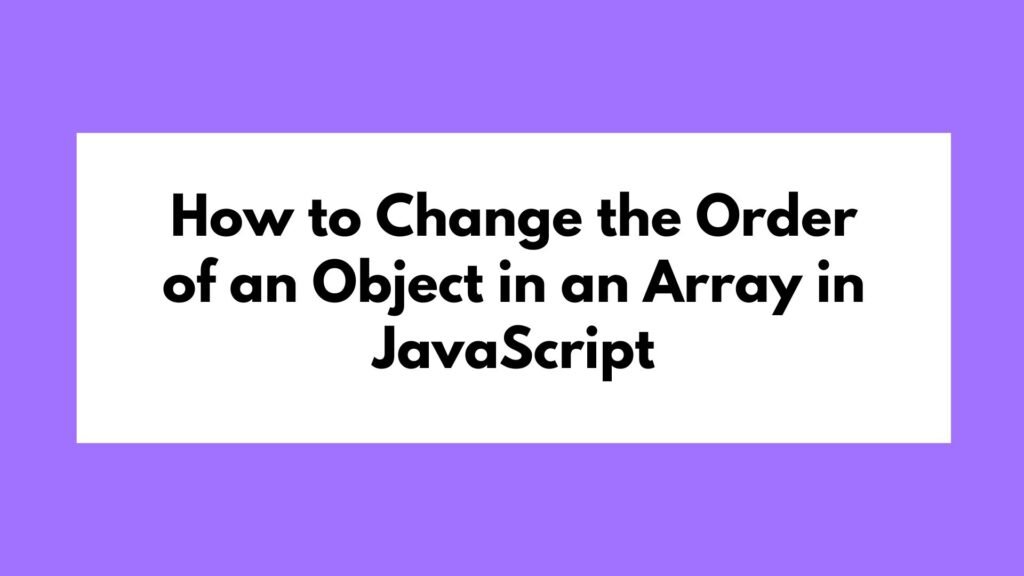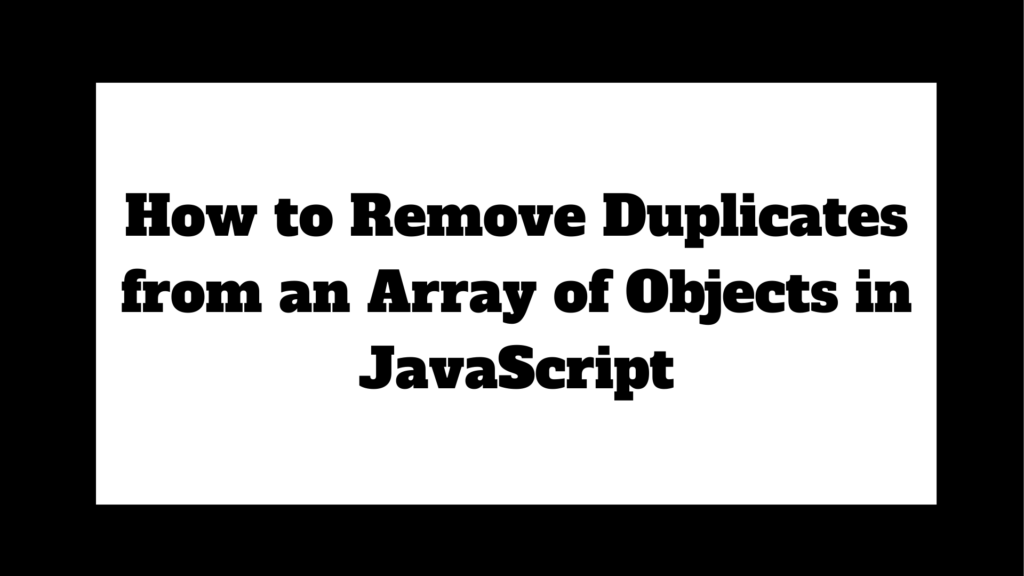
Checking for the existence of nested properties within an object is a common task in JavaScript. Whether you’re working with APIs, complex data structures, or just want to ensure that your code handles objects safely, knowing how to check for nested properties is essential.
// Using Optional Chaining (ES2020+)
let obj = { a: { b: { c: 42 } } };
let hasNestedProperty = obj?.a?.b?.c !== undefined;
console.log(hasNestedProperty); // true
// Using Logical Operators (ES5+)
let hasNestedPropertyLegacy = obj && obj.a && obj.a.b && obj.a.b.c !== undefined;
console.log(hasNestedPropertyLegacy); // true
To check if an object has a nested property in JavaScript, you can use optional chaining or a more manual approach with logical operators:
Methods on How to Check if an Object Has a Nested Property in JavaScript
In JavaScript, objects can often have deeply nested properties. Ensuring that a specific nested property exists before attempting to access it can prevent runtime errors and make your code more robust. This guide explores various methods to check if an object has a nested property, providing code examples and explanations for each approach.
Using Optional Chaining
Optional chaining (?.) is a modern JavaScript feature that allows you to safely access nested properties without worrying about errors if a property is undefined or null.
Example 1: Using Optional Chaining
let obj = { a: { b: { c: 42 } } };
let hasNestedProperty = obj?.a?.b?.c !== undefined;
console.log(hasNestedProperty); // true
Explanation:
obj?.a?.b?.cchecks if each level of the object is defined before trying to access the next property.- If any part of the chain is
undefinedornull, the expression short-circuits and returnsundefinedwithout throwing an error. - The result is
trueif the property exists and has a value, orfalseif it doesn’t exist or isundefined.
Using Logical Operators
Before optional chaining was introduced, a common approach was to use a series of logical && operators to check each level of the nested property.
Example 2: Using Logical Operators
let obj = { a: { b: { c: 42 } } };
let hasNestedPropertyLegacy = obj && obj.a && obj.a.b && obj.a.b.c !== undefined;
console.log(hasNestedPropertyLegacy); // true
Explanation:
- This method checks each level of the object one by one.
- If any part of the chain is
undefined, the entire expression short-circuits and returnsfalse. - It’s a reliable method but can be cumbersome and less readable compared to optional chaining.
Using the in Operator
The in operator checks if a property exists in an object, but it doesn’t work directly with nested properties. However, it can be used creatively in combination with other techniques.
Example 3: Using the in Operator
let obj = { a: { b: { c: 42 } } };
let hasNestedProperty = 'c' in obj.a.b;
console.log(hasNestedProperty); // true
Explanation:
- The
inoperator checks if'c'is a direct property ofobj.a.b. - This method is less flexible for deeply nested properties but can be used effectively when the structure is known.
Using a Custom Function
Creating a custom function allows you to handle nested property checks in a reusable and configurable way.
Example 4: Custom Function
function hasNestedProperty(obj, path) {
return path.split('.').reduce((acc, part) => acc && acc[part], obj) !== undefined;
}
let obj = { a: { b: { c: 42 } } };
let hasProperty = hasNestedProperty(obj, 'a.b.c');
console.log(hasProperty); // true
Explanation:
hasNestedPropertytakes an object and a string path (e.g.,'a.b.c').- The function splits the path into parts and uses
reduceto traverse the object, checking each part of the path. - This method is flexible and works for any depth of nesting.
Conclusion
Checking for nested properties in JavaScript is a common requirement, and there are multiple ways to approach it. Optional chaining provides a modern, concise way to handle this, while logical operators and custom functions offer more control and flexibility. By understanding these techniques, you can ensure that your code handles objects safely and effectively, avoiding potential errors and improving overall code quality.
Whether you’re working on complex data structures, integrating APIs, or just want to write more robust JavaScript code, mastering these methods will enhance your ability to work with objects and nested properties.


